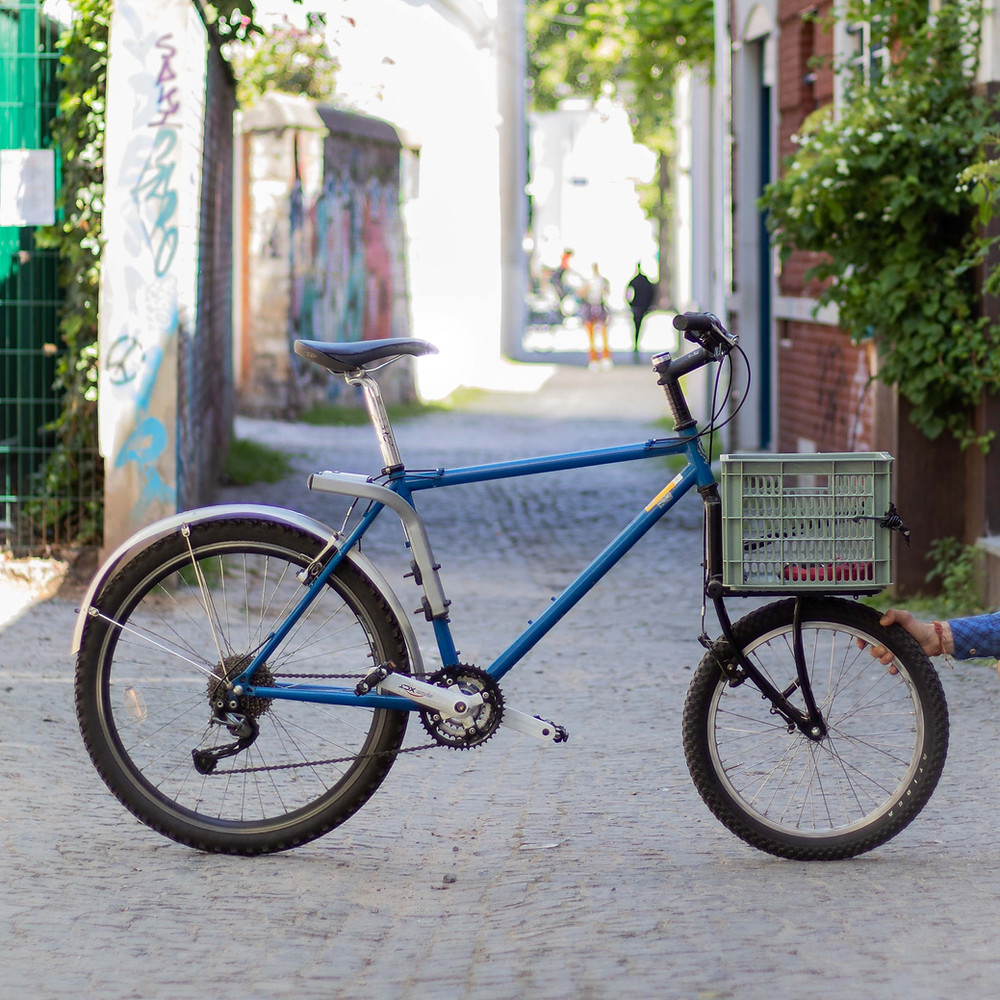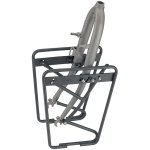Hello,
So far, besides that one long john the kids love, I've only build lightweight front driven ebikes (FWD) uprights and would like to move to stronger stuff, to climb steep hills.
Hence I would love to collect infos and advices on high power (1000w) front hubs here, as there are many contradictory statements on this topic. While many online sources wouldn't even consider it and go straight for a rear hub or even better a mid drive, I find that many points raised on ebikes.ca are quite true: the simplest way to electrify a bike is adding a front hub. It's easily accessible, less prone to puncture, completely independent from the human powered drive train and actually improves the overall weight distribution on upright bicycles, where most of the weight tends to sit on the rear wheel. Also in many cases, you can switch to a smaller wheel for better motor efficiency without changing your bike's geometry simply by swapping the fork.
Of course, there are undeniable issues with front hubs, especially on high power devices. The 3 main problems I've encountered so far are:
- traction on loose ground or steep hills
- torque arm design on modern aluminium forks
- handling impairment due to motor weight and stability issues at higher speed levels (>40km/h)
What is your experience with front hubs ? How did you solve the above mentioned issues ?
From what I gathered so far, the ideal configuration for a high power front hub would be a bicycle with a long wheelbase, a small front wheel and the battery somehow sitting on top of it.
Thanks for your input!
So far, besides that one long john the kids love, I've only build lightweight front driven ebikes (FWD) uprights and would like to move to stronger stuff, to climb steep hills.
Hence I would love to collect infos and advices on high power (1000w) front hubs here, as there are many contradictory statements on this topic. While many online sources wouldn't even consider it and go straight for a rear hub or even better a mid drive, I find that many points raised on ebikes.ca are quite true: the simplest way to electrify a bike is adding a front hub. It's easily accessible, less prone to puncture, completely independent from the human powered drive train and actually improves the overall weight distribution on upright bicycles, where most of the weight tends to sit on the rear wheel. Also in many cases, you can switch to a smaller wheel for better motor efficiency without changing your bike's geometry simply by swapping the fork.
Of course, there are undeniable issues with front hubs, especially on high power devices. The 3 main problems I've encountered so far are:
- traction on loose ground or steep hills
- torque arm design on modern aluminium forks
- handling impairment due to motor weight and stability issues at higher speed levels (>40km/h)
What is your experience with front hubs ? How did you solve the above mentioned issues ?
From what I gathered so far, the ideal configuration for a high power front hub would be a bicycle with a long wheelbase, a small front wheel and the battery somehow sitting on top of it.
Thanks for your input!



